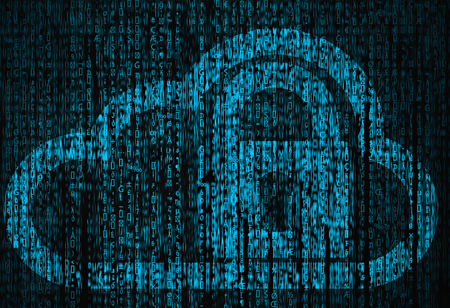THANK YOU FOR SUBSCRIBING
Making Healthcare Cybersecurity Viable
A major chunk of IT professionals across various industrial sectors is worried about accidental cybersecurity breaches of healthcare data.

By
Apac CIOOutlook | Thursday, January 01, 1970
Stay ahead of the industry with exclusive feature stories on the top companies, expert insights and the latest news delivered straight to your inbox. Subscribe today.
A major chunk of IT professionals across various industrial sectors is worried about accidental cybersecurity breaches of healthcare data. Even as these cybersecurity issues aren’t specific to the healthcare industry, difficulties in the sector arise from the demands of providing efficient patient care and protection.
Healthcare organizations are acutely aware of the need for effective cybersecurity measures, but preserving patient health becomes a greater priority, especially in the case of budget constraints. Also, when cybersecurity tools aren’t up-to-date, a tired and frustrated employee might turn to insecure channels like unauthorized cloud storage or private email accounts to meet targets. Each such instance is a major compliance and security risk.
Cybersecurity tools thus need to be chosen by keeping the user in mind. Easy-to-use and accessible tools encourage increased utility of the same, which should be kept in mind in choosing cybersecurity tools for busy healthcare organizations.
Accessibility can be prioritized with the help of specific technical strategies. For example,
• The use of automatic policies instead of letting users choose how healthcare data is secured, and directing security efforts on more vulnerable business tools helps in mitigating business risks.
• As considering the user experience becomes important even in cybersecurity, the complexity of previously used legacy systems comes to light. New cybersecurity tools are built to cater to administrator needs as much as they do to user requirements, thus increasing compliance among employees.
• Cloud-based tools are generally intuitive and unobtrusive for easy implementation and offer better user experience than on-premise solutions.
Further, it is essential that the employees are aware of the consequences of data breaches to themselves and their organization, and participate actively in the attempt to safeguard healthcare data. Educating, training and testing employees while providing them with optimal cybersecurity tools goes a long way in ensuring data security.
Check out: Top Fraud And Breach Protection Companies





